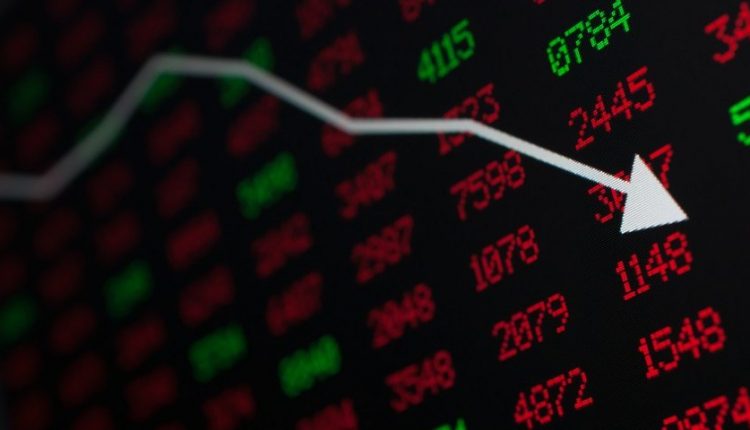KUALA LUMPUR: The Malaysian economy contracted 5.6 per cent in 2020, the second worst since the 7.4 per cent contraction recorded during the Asian financial crisis in 1998.
-Advertisement-
In the fourth quarter (Q4), the economy contracted 3.4 per cent, largely attributable to the imposition of the conditional Movement Control Order (MCO) on a number of states since mid-October.
Bank Negara Malaysia said the restrictions on mobility, especially on inter-district and inter-state travel, had weighed on economic activity during Q4.
Governor Datuk Nor Shamsiah Yunus said nevertheless, the continued improvement in external demand had provided support to growth.
“Consequently, except for manufacturing, all economic sectors continued to record negative growth.
“On the expenditure side, moderating private consumption and public investment activities weighed on domestic demand,” she said during the release of Q4 and 2020 GDP data today.
Bank Negara said on a quarter-on-quarter seasonally-adjusted basis, the economy had registered a decline of 0.3 per cent (3Q 2020: 18.2 per cent).
For the quarter, headline inflation declined to -1.5 per cent in part reflecting the larger decline in retail fuel prices as compared to the corresponding period last year.
Core inflation moderated to 0.8 per cent due mainly to lower inflation for communication services and rental, it added.
-Advertisement-
Nor Shamsiah said while near-term growth in 2021 would be affected by the re-introduction of stricter containment measures, the impact, however, would be less severe than that experienced in 2020.
She said the growth trajectory was projected to improve from the second quarter onwards.
“The improvement will be driven by the recovery in global demand, where the International Monetary Fund (IMF) has revised upwards their 2021 global growth forecast by 0.3 percentage points to 5.5 per cent.
“Growth will also be supported by a turnaround in public and private sector expenditure amid continued support from policy measures including Penjana, Kita Prihatin, 2021 Budget and Permai, and higher production from existing and new facilities in the manufacturing and mining sectors,” she said.
She said the vaccine rollout this month was also expected to lift sentiments.
She added that in line with earlier assessments, the average headline inflation was at -1.2 per cent in 2020 due mainly to the substantially lower global oil prices.
“For 2021, headline inflation is projected to average higher, primarily due to higher global oil prices.
“Underlying inflation is expected to remain subdued amid continued spare capacity in the economy.
“The outlook, however, is subject to global oil and commodity price developments,” she said.- NST

